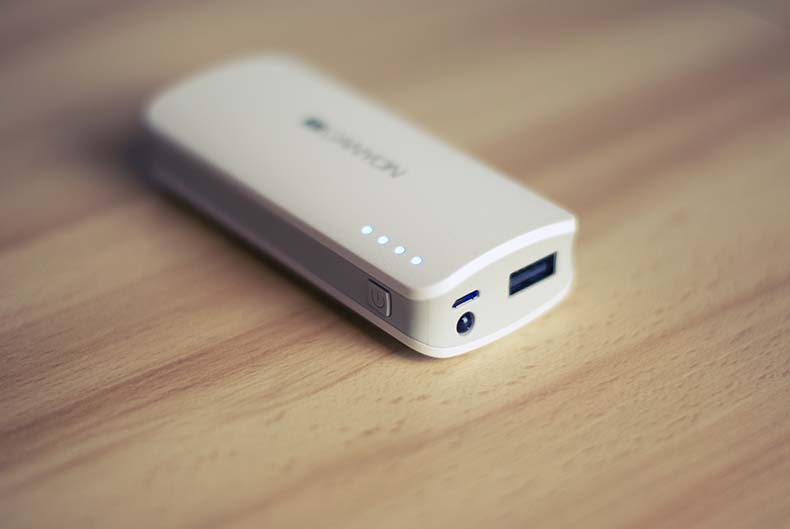Basic Features and Functions of Power Banks
With the surge of battery-powered gadgets such as smartphones, portable speakers, MP3, headsets, and other gadgets, everyone has been buying power banks to charge these gadgets. These handy chargers only need a USB port and a cable to transfer power to the gadgets’ batteries.
They may have a similar exterior, but they vary in features, as designed to meet the users’ diverse needs.
Since its inception, the rate of individuals using power banks continues to rise due to their convenience and fast charging ability to extend a device’s power. Some types are wireless, which depends on Bluetooth technology to successfully charge batteries.
Brief Definition
For others, they call power banks as portable batteries that rely on circuitry to do a two-way transfer of power–in or out. Through a USB cable, they can provide power to a device such as phones and headsets. As technology evolves, new power banks can charge without wires or cables. Wireless charging is one of the latest features of most devices and portable charges.
Types
Apart from the size, being one of the essential factors to consider for buying handy chargers, the type of charger is important too. They have several kinds in the market, designed to fulfil every users’ needs.
Standard Power Bank

Standard power banks are ubiquitous both online and actual shops; their power sources come from regular USB chargers. Through the tiny LED lamps on their digital display, it shows the percentage of the battery. After using it on one device, it can still charge another one.
Solar-Powered Portable Batteries
This type uses sunlight to provide power for charging; it contains photovoltaic panels. It is responsible for trickle-charging the battery inside when it has sunlight. The solar cells are tiny but are useful enough to function. But users must remember it has to have enough sunlight to work.
Even if it is a solar charger, it also has a USB cable that comes in the box. Its solar feature is a practical back-up, particularly when they are on the road with no electric source nearby. When the sunlight is not enough, it may take more than a day to fully charge a gadget. In more advanced models, they have small solar panels integrated into them so that they can absorb more solar power.
Wireless Portable Batteries
Technology causes continuous evolution in electronics and gadgets. More and more wireless devices, phones, headsets, and power banks are now going wireless. They may come with cables and wires, but they can function without using them at all. As long as the device is compatible with the power bank, it can successfully charge its battery.
Most of the wireless devices use the Qi standard to keep them functioning. By putting the mobile phone on top of the power bank, it transfers power, and thus the wireless charging function begins. Remember to check on the instructions regarding the orientation, how the device sits on top of the charger, as it can affect the charger’s charging ability.
Read: The Technology That Powers Electric Bikes
The charge cycle of power banks
The charge cycles of power banks are essential to its battery life which consist of two elements, self-discharging time and charge-discharge cycles. The former has a particular level of self-discharge. It requires a small power amount to turn on the circuitry. Hence, there is only a shorter time that a battery will remain charged. On the other hand, the latter pertains to the number of charge-discharge cycles throughout its life span.

